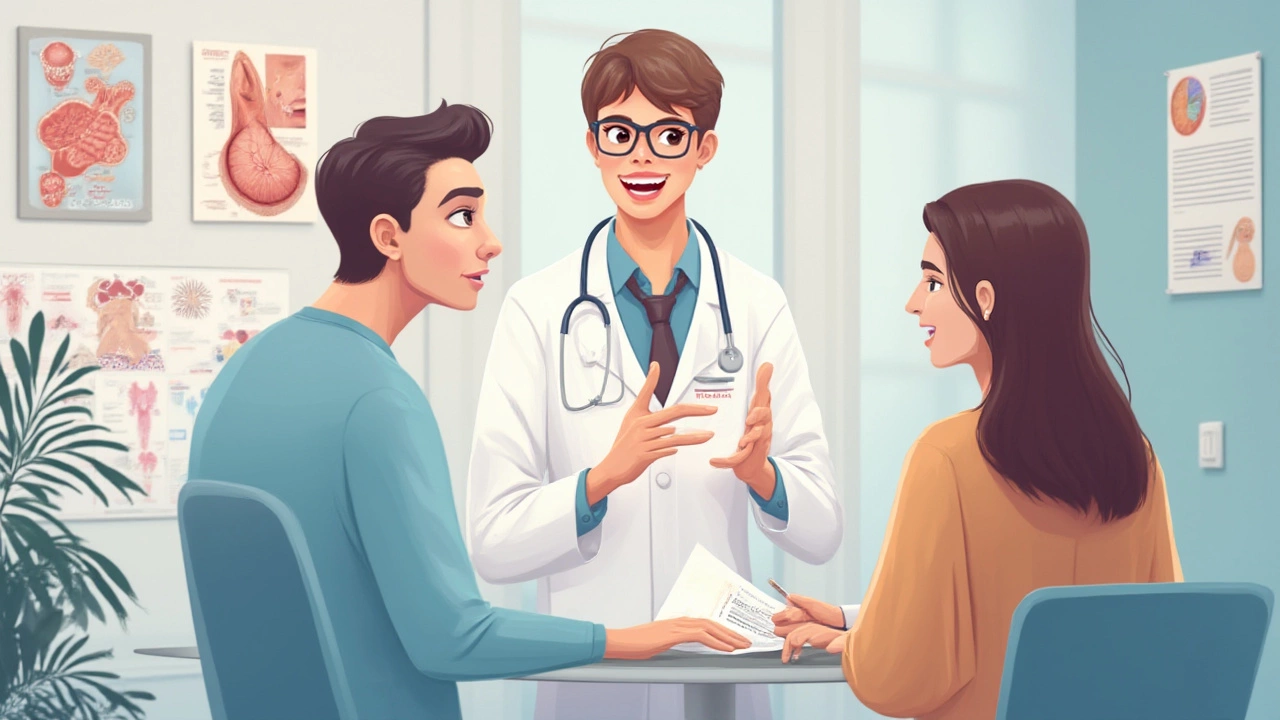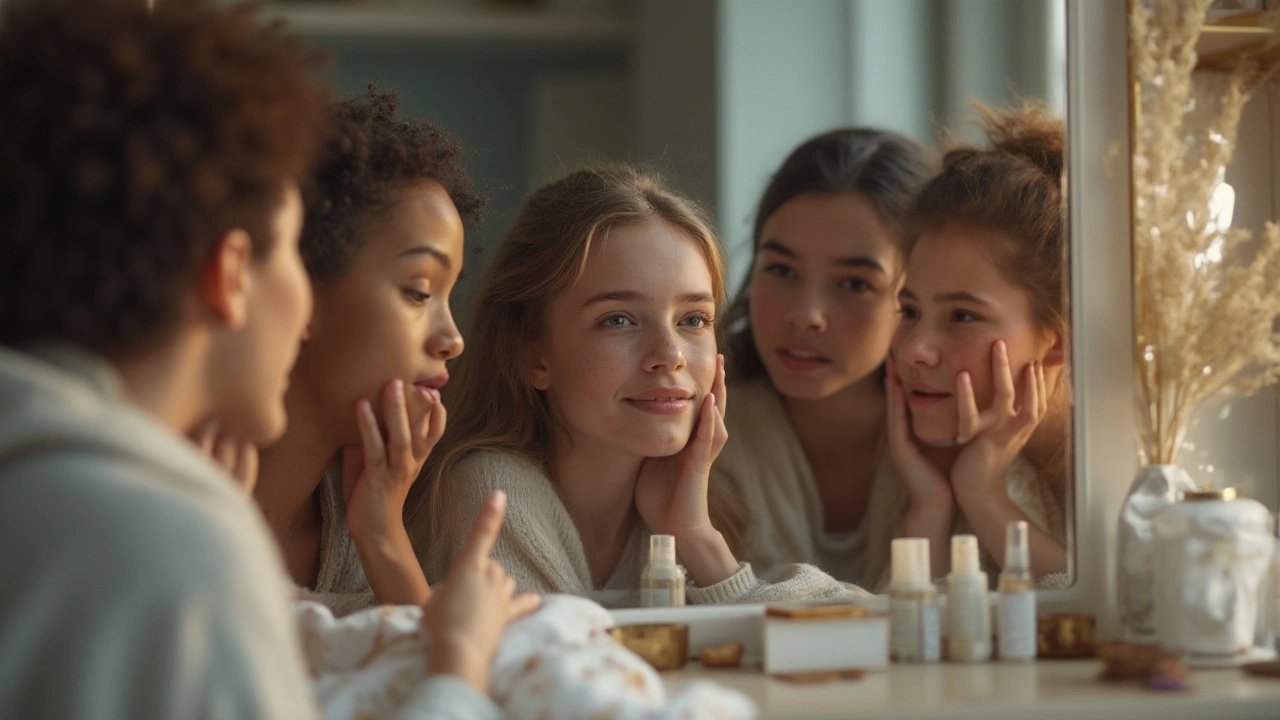If you think your teenage years made you the star of acne breakouts, think again. That angry spot on your chin? Around the world, dermatology clinics see more patients for acne than for any other skin condition, even in adults. Actually, research from the American Academy of Dermatology shows that up to 50 million Americans deal with acne every year. Now imagine multiplying that figure by every country with access to skincare — the numbers are just staggering. But why is acne so unavoidable? And why does it shadow so many of us, well past high school graduation?
Why Acne Steals the Spotlight in Dermatology Clinics
Acne isn’t just a teenager’s nightmare. It’s a lifelong troublemaker that easily wins the title of the most common skin condition worldwide. It tends to show up mainly during puberty thanks to hormonal swings, but plenty of adults know the heartbreak of pimples that pop up before a big meeting. Think of it as an “equal opportunity offender”—acne doesn’t care about your age, gender, or social status.
Dermatologists report that acne accounts for nearly one in every five patient visits. Because hormones, stress, diet, and even skincare routines (especially those TikTok hacks) can mess with the delicate balance of your skin, it’s no wonder acne is so persistent. Urban living doesn’t help. With pollution, greasy takeout, and late nights glued to screens, skin barriers take a beating. Even certain medications, like corticosteroids or lithium, can stir up acne eruptions. But here’s a twist: some of the “healthiest” habits, like wearing sunscreen, can create problems if folks forget to use non-comedogenic products.
It’s not just about the visible pimples, blackheads, or cysts. Acne often messes with people’s confidence and mental health far more than most realize. Several psychology researchers have found links between skin issues and increased anxiety, depression, or social withdrawal—especially if scarring becomes an issue.
Understanding Acne: Types, Triggers, and Myths
Not all pimples are created equal. Dermatologists sort acne into a handful of categories: comedonal (blackheads and whiteheads), inflammatory (red, swollen bumps), nodulocystic (deep, painful cysts under the skin), and hormonal or adult acne. Sometimes, you get a cocktail of types at once, which can be tricky to treat.
Trigger-wise, puberty sets the stage. Hormones push oil glands into overdrive, fueling bacteria on the skin’s surface and mixing with dead skin cells to clog pores. But if you’re past your teenage years and still breaking out, welcome to the “invisible roller coaster” of adult acne—thanks, stress and fluctuating hormones.
One myth that refuses to die: eating chocolate causes acne. There’s actually no clear scientific evidence directly linking chocolate to breakouts. Diet can impact skin, though—dairy and high-glycemic foods may trigger some people, but not everyone. Another misunderstanding? Washing your face more gets rid of acne. Over-cleansing or scrubbing can actually irritate the skin and make things worse. A gentle wash twice daily is plenty.
Far too many people believe acne is just a cosmetic thing, but it’s a real inflammatory skin disease needing real treatments. Hands up if you’ve heard someone say, “Just let it run its course.” That’s bad advice. Early treatment matters, because acne can leave permanent scars—physically and emotionally.

How Dermatologists Actually Treat Acne: What Works and What’s Wishful Thinking
Walk into any beauty store and you’ll find an aisle entirely devoted to fighting acne. So why are dermatologist offices still packed? Simple: over-the-counter options only tackle mild breakouts. For anything more serious—painful, stubborn pimples, or early signs of scarring—dermatologists step in.
Treatment usually starts with topical options: retinoids for clearing out pores, benzoyl peroxide to target bacteria, and sometimes antibiotics in cream or gel form. If breakouts are moderate or severe, doctors might prescribe oral antibiotics, birth control pills to regulate hormones, or isotretinoin (think Accutane) for the most stubborn cases. Today, new research-based topical treatments are gentler on skin, so people don’t have to put up with peeling or rawness.
Don’t trust every hack you see online. Baking soda masks or toothpaste on zits can wreck your skin barrier. Ask any dermatologist, and they’ll tell you: treatment is never one-size-fits-all. What works for your best friend could set your face on fire. That’s why it’s worth investing in a tailored plan—a mix of science-backed products, prescription medications if needed, and careful monitoring for side effects.
For those who scar easily or who pick their skin, early intervention is key. Dermatologists might recommend medical-grade peels, lasers, or microneedling to improve texture. And good news: even tough, chronic cases can often be managed with the right steps, according to a 2023 meta-analysis published in the Journal of Dermatology. It’s never too late to get help—and that help can be life-changing.
Skin-Care Tips to Outsmart Acne
Wondering how to tilt the odds in your favor? There are habits dermatologists swear by—and a few that can sabotage even the best treatments.
- Acne loves an oily environment. Choose non-comedogenic (non-pore clogging) cleansers and moisturizers. If you wear makeup, double cleansing at night won’t hurt.
- Too much scrubbing is a no-go. Look for gentle exfoliants (like salicylic acid) once or twice a week to keep pores clear without making your skin angry. Skip harsh physical scrubs.
- Keep your hands off. Touching your face, resting your phone against your cheek, or picking pimples turns minor spots into major ones.
- Watch your stress. University studies in 2022 documented a clear spike in breakouts during exam weeks and major life changes. So, yes, relaxation isn’t just good for your mind.
- Wash your pillowcases and hats regularly. They pick up oils and bacteria that quickly transfer to your skin.
Missing just one of these steps can invite a fresh breakout. And don’t swap dermatologist-prescribed products for DIY treatments you find scrolling late at night. If a product tingles, stings, or flakes your skin for days, ring your dermatologist for advice instead of powering through pain. Healthy skin doesn’t mean perfect skin—it means learning what yours needs and adapting over time.

Living With Acne: The Social and Emotional Side
What’s worse than a painful cyst on your chin? The feeling that everyone’s staring at it when you walk into a room. For a lot of people, the hardest part about acne isn’t the actual breakout—it’s the self-consciousness. Years of research show a clear link between frequent breakouts and anxiety, depression, and even social isolation. One 2021 survey from a major American university found that almost 60% of acne-prone teens avoided social events because of their skin.
Acne doesn’t discriminate. It affects doctors, actors, athletes, moms, and even influencers with flawless Instagram feeds (filters help!). Many people cover up with makeup, hats, or strategic hairstyles, but the worry lingers. Sadly, some folks avoid photos or dating, just because of a few spots.
So where’s the silver lining? With modern treatments and better awareness, old-school stigma is starting to fade. TikTok and YouTube are filled with dermatologists and creators sharing real stories about their acne struggles and wins. If you’re struggling, remember: there’s expert help—and millions of people dealing with the same thing right now. Acne might be the most common skin issue treated by dermatologists, but thanks to new research, better products, and honest conversations, you’re not stuck fighting it alone.

